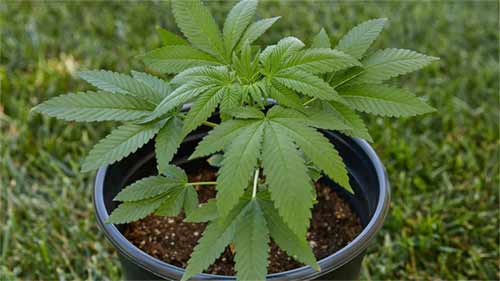
Bud Rot: How to Identify, Stop & Prevent
Bud rot (botrytis cinerea) is a common fungus that many cannabis growers experience at some point, especially those who aren’t familiar with controlling humidity and air circulation. This incredibly widespread disease can affect a wide range of other crops besides cannabis.
Bud rot is a mold type similar to powdery mildew and downy mildew. One of the biggest problems when it comes to preventing gray mold is that mold spores are omnipresent. It is a fungus that will cause poor water and nutrient delivery to your plant’s leaves and flowers. Bud rot will result in the death of the crop originally affected, as well as any surrounding plants if it is not treated soon enough.
With a thorough understanding of bud rot and its prevention methods, you can prevent or handle the disease.
Table of Contents
Why Should Bud Rot Be Avoided?
Preventing bud rot is important because it can easily spread and ruin an entire crop, making all your work for nothing. A bud rot infection in your cannabis plants is preventable by maintaining optimal growing conditions in your grow. Proper sanitation, humidity, and airflow are all factors that will help you produce more bud and prevent the burden of a rotted plant. It’s important to always inspect your garden for signs of gray mold daily.
Make sure to prune your plants properly and consistently, and always make sure to sanitize your trimmers after every use. Dense plants and larger buds are more likely to get bud rot because they trap and accumulate moisture. Bud rot can also be prevented by growing healthy plants with a strong genetic profile as they are mold and mildew resistant. On top of the economic disaster it will cause, a grow that has otherwise been successful can be ruined by this frustration.
Can Bud Start To Rot In Both Indoor & Outdoor Crops?
Outdoor crops are more susceptible to bud rot since the environment cannot be as fine-tuned as an indoor grow. Outdoor crops are always at the mercy of mother nature, although certain preventative measures can be taken to mitigate this risk. These steps include covering your plants with a tarp or roof so that rain levels and morning dew do not cause fungus to grow on the buds.
Is Indoor Or Outdoor Bud More Likely To Rot?
Plants grown outdoors are susceptible to daily or nightly saturation because growers cannot control rain levels or morning dew. When morning dew occurs, the relative humidity is at 100%. This high humidity gets in the dense buds of Cannabis plants and without proper ventilation, a breeding ground for fungi to grow on the flowers forms. Once this fungi then spreads its spores, your plants will no longer be usable and there is nothing that can be done to save them. Whether growing your garden is indoors or outdoors, train your plants properly, make use of fans, and prune and trim your garden when needed to prevent this.
Learn more about growing indoors and outdoors here.
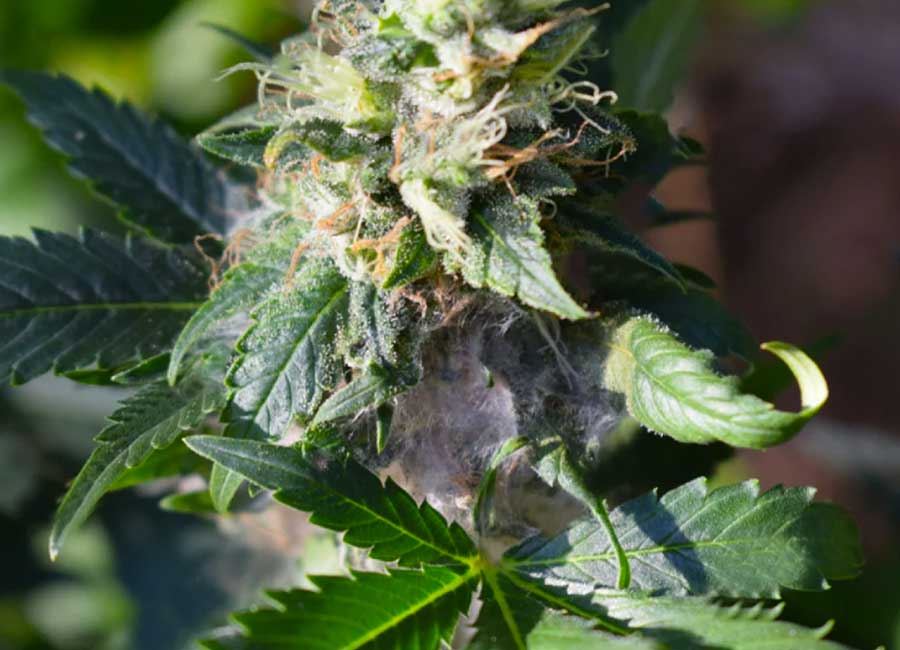
How Fast Can Bud Rot Spread?
The spread of cannabis bud rot is extremely rapid and highly contagious, which is why it is so important to make daily inspections of your cannabis crop. Everyone makes mistakes though, so if you are already past that point, cut off any infected part of the plant so that the spore can’t spread. It can take just a few days for both indoor and outdoor crops to become completely infected. When this happens, there are no other steps to take other than to accept the loss of all of your plants.
Why Do Buds Start To Rot?
Bud rot is most commonly caused by high humidity. Water condenses on different surfaces when relative humidity reaches 100% (the dew point). These surfaces include structural elements, equipment, and, most importantly, the plants themselves.
If your garden has too much humidity and lacks adequate airflow and ventilation, your bud is much more likely to rot. Make sure to keep things sanitary, and make sure you understand what is going on in your growing space at all times.
When Can Buds Start Rotting?
Buds can start rotting before harvest, while drying, or while curing. It can happen once buds reach a certain size and conditions for bud rot persist. Bud rot prevention is something to be mindful through all stages of cultivating cannabis.
Causes of Bud Rot
Several environmental factors create a breeding ground for mold and fungal spores. This can produce bud rot in your cannabis plants. Humidity is the biggest factor, but even when that has been handled, your grow garden can still be susceptible to these issues if you do not know what to look for.
Poor ventilation:
Indoor and outdoor growers could face this problem, but it is usually a problem for outdoor growers. When air cannot circulate properly on top, underneath, and through the plant’s insides, the plants are more likely to suffer from bud rot.
Leafy plants like cannabis develop humid air pockets because they hold moisture between their leaves. That combination of humidity and moisture stimulates mold growth and will ruin your crop if you don’t take know what to look for and the preventative measures necessary to fight it.
Humidity:
Bud rot is a fungus that grows on your plants. No fungus can thrive without water. When growing dense buds it becomes especially important to have a daily crop inspection, especially if you are growing outdoors and are at the mercy of the weather. Some indoor growers maker use of dehumidifiers to combat this issue.
Lack Of Pruning:
If you do not prune your crop regularly, it can allow excessive moisture to build up in the buds. This can allow bud rot to spread like rapid fire, especially if the temperature is on the warmer side.
How Does Bud Rot Spread?
Once bud rot begins, it breaks down the surrounding buds and then produces spores that spread to other parts of the plant. In the beginning, the rot will appear white and wispy, then turn gray and black as the buds become slimy and mushy. Buds that begin to mold must be discarded as soon as they become unsafe for consumption.
Best Ways To Prevent Bud Rot
Prevention is always more beneficial than post-outbreak treatment. Using a combination of the following techniques can help prevent bud rot, by decreasing its presence and ability to develop. If you are growing indoors, dehumidification and well placed oscillating fans will be the most effective way to prevent Nud Prevent Molds Using Dehumidification.
Identification – Bud Rot Signs
Bud rot begins by attacking a plant’s stem, which becomes mushy and gray. The symptoms include wilted, yellow, and burnt leaves as the infection continue to spread. For the densest plants with the longest and thickest buds we recomend daily inspections.
Does Bud Rot Look The Same Indoors & Outdoors?
You’re at the mercy of nature whenever you grow outdoors, and the weather can cause bud rot. To prevent, you should build an improvised structure (similar to a greenhouse) that shelters your plants from rain.
It’s important to detect bud rot early on in order to prevent bud rot from ruining your crop. If you identify bud rot on your plants outdoors, remove the affected areas and dispose of them in a sealed bag to prevent the spores from spreading.
Early Stages Of Rotting Cannabis Buds
At the first onset of bud rot, you will see powdery mildew start to attack the plants stem, This powdery mildew can be described as grey and mushy, and it will take on more a dark slimy consistency as the infection progresses.
Rot Spreading
It can be a very nasty problem if you have bud rot. The rot spreads by releasing spores which can spread to the rest of the plants in the same room and turns your buds grey and unusable. If your plant is bushy, has very dense buds, or has weak genetics, your garden will be more prone to bud rot since it thrives in high humidity, poor ventilation, and slightly warmer temperatures.
Advanced Stages Of Rotting Cannabis Buds
It is the fungus spores that cause the rot. Your entire cannabis garden is lost if the infestation has advanced to this point, and your only remaining option will be to accept the loss.
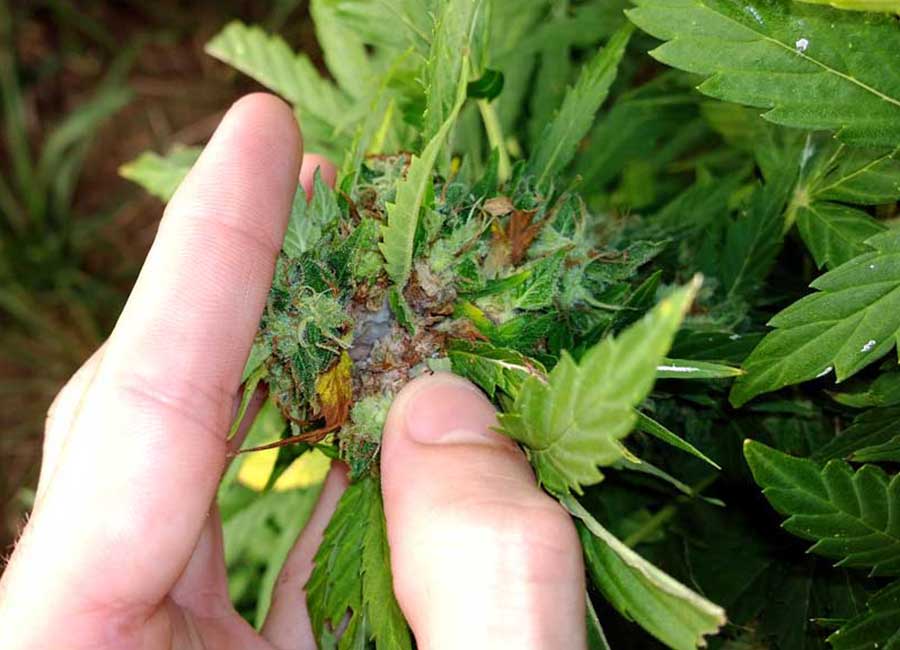
How To Avoid & Remove Bud Rot
Growers can prevent the disease by understanding the microenvironments and climates in which the fungus thrives. Keep outdoor plants dry by protecting them from rain and morning dew, and place them far enough apart, so they don’t touch. During heat waves, move potted plants to a shady spot or build a shade structure over plants growing directly in the ground.
Air circulation:
To prevent the spread of harmful spores or diseases, clean air should flow continuously throughout the grow room. Oscillating fans help significantly if you grow on tables.
Humidity control:
Make use of Dehumidifiers! These remove excess moisture from the air, which helps prevent mold and mildew growth.
Spacing between plants:
All parts of the plant should have a free flow of air between and around them.
Inspect plants daily:
Your daily inspection should involve looking for signs of gray mold. Secondly, see if any pruning is needed. Lastly, adjust the environment as needed for your cannabis plants. Make sure to remove standing water and unnecessary plant material.
How To Prevent Bud Rot
It can be challenging to control humidity levels during outdoor grows, especially in coastal regions. We recommend applying Neem Oil to your plant. As a natural fungicide, Neem oil is derived from the Neem tree, native to India. This fungicide can be used to prevent bud rot to a certain extent. Do not use fungicides when your plants are in the flowering stage. Fungicide will alter the buds’ taste, smell, and appearance.
How To Get Rid Of The Rot
In order to prevent bud rot, your drying room should have a relative humidity of 60% and a temperature of around 15-25°C. You might want to consider wet trimming instead of dry trimming if you have trouble controlling the humidity in your drying room.
The neem tree produces Neem oil, which is a natural fungicide due to its non-toxic properties. Dilute it and spray it onto the plant to help ward off fungi that promote bud rot.
Avoiding bud rot after you’ve harvested your buds is also very important. You can accomplish this by hanging branches as they dry with the right amount of space between them for proper airflow. As long as you are mindful of humidity levels and the amount of fresh air around the buds, you probably won’t have to deal with this issue. Temperature is also a factor to be aware of, but humidity and airflow are more important.
Cutting Out The Rot
To stop bud rot, you need to work quickly before it spreads. Infected plants are highly contagious. If you catch it in time, you can cut out the bud rot and save your other Cannabis plants. If you even suspect bud rot attacks might infect any buds, cut them and place them into a plastic bag for quick disposal, so the fungal spores cannot spread.
The best solutions for what to do if you get bud rot after harvest include:
- Remove and discard all infected buds.
- Look for rot within the buds after harvest.
- Trim the buds and pull the fan leaves off before drying.
- Make certain there is enough room between the plants when drying.
- Improve airflow with fans.
Bud Rot Prevention – Final Thoughts
It’s important to remember that humidity is the issue. To avoid bud rot from taking over your crop, make sure to ventilate it properly. Use fans, and adequately space your plants apart so that none of the branches are touching. Make a daily inspection of your garden. Don’t be afraid to apply training techniques to the branches to prevent bud rot and maximize your harvest output.
If you see any signs of bud rot, make sure to cut out those infected parts to prevent it from spreading and ruining your entire crop. Maintaining optimal growing conditions in your garden can only help benefit you. The next step is to make sure you are cultivating top shelf genetics. Over the years, breaders mate certain Cannabis plants for their resilience against mold and other environmental stressors.
We pride ourselves on carrying the best Cannabis genetics! Look no further if you want to grow strong, hardy plants that aren’t prone to issues like bud rot. Selecting the right genetics for your growing space is the first step toward preventing rot. Check out our selection of the best feminized and autoflower cannabis seeds on the internet. Additionally, our training guides will help improve the ventilation of your garden and maximize what your plants produce.
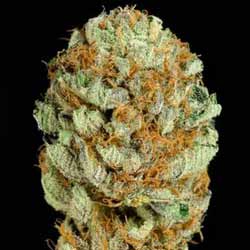
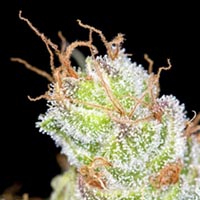
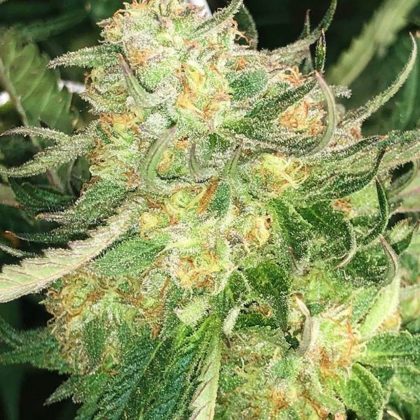
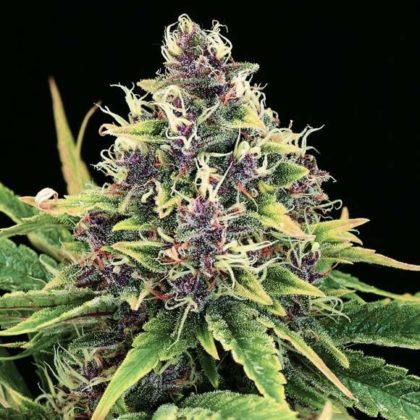



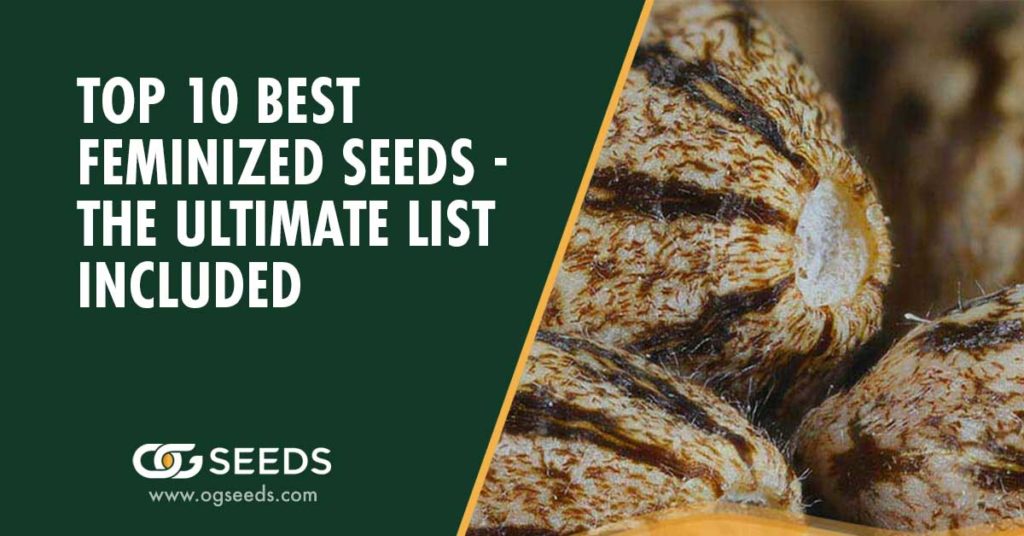
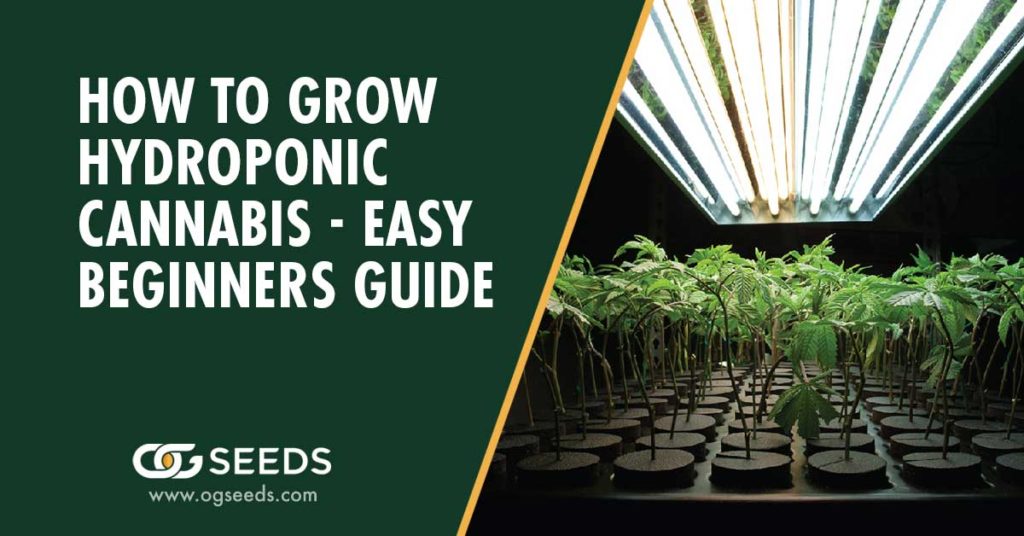
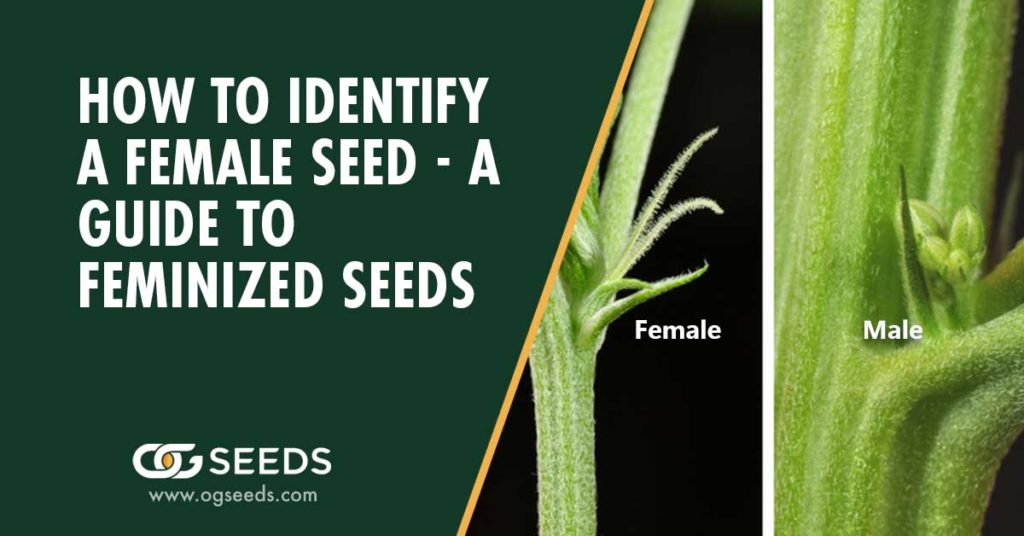
![How Long Does It Take To Grow Cannabis? [Indoors Vs Outdoors]](https://ogseeds.com/wp-content/uploads/2023/01/How_Long_Does_It_Take_To_Grow_Weed_Indoors_Vs_Outdoors_1200x628-1024x536.jpg)
